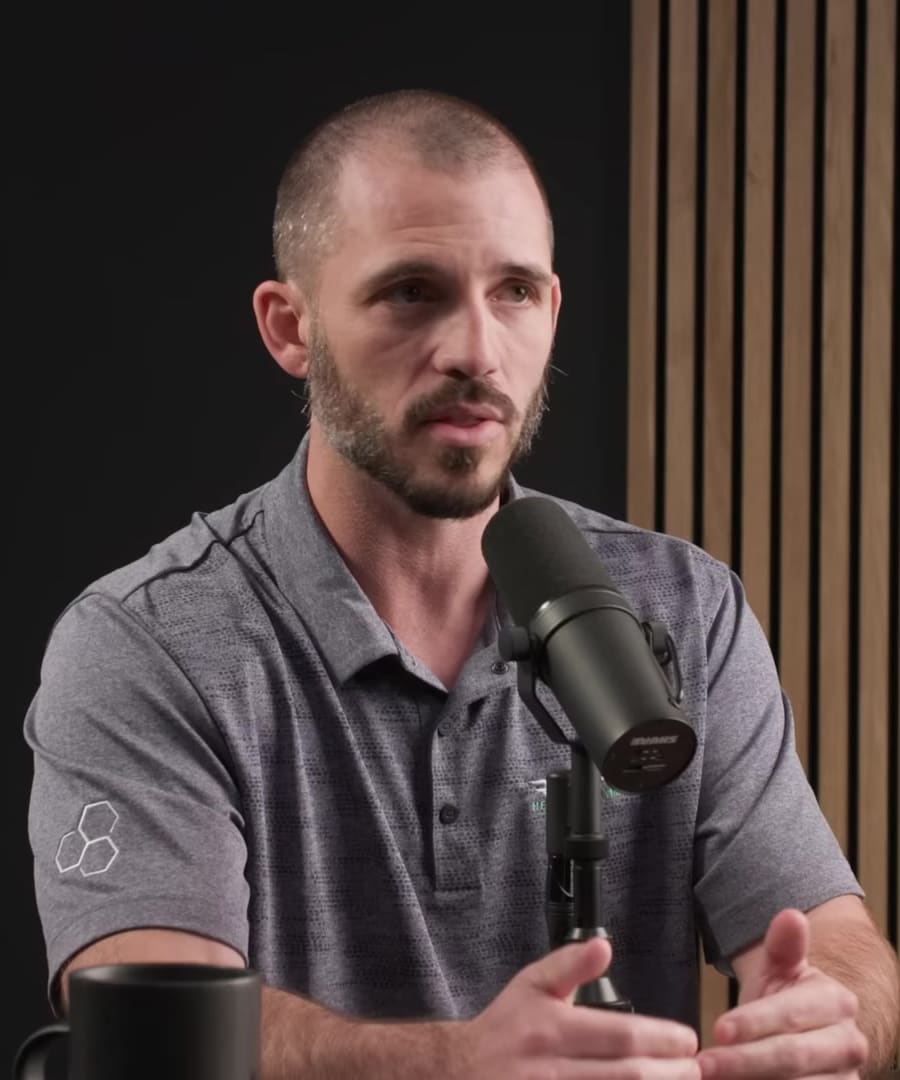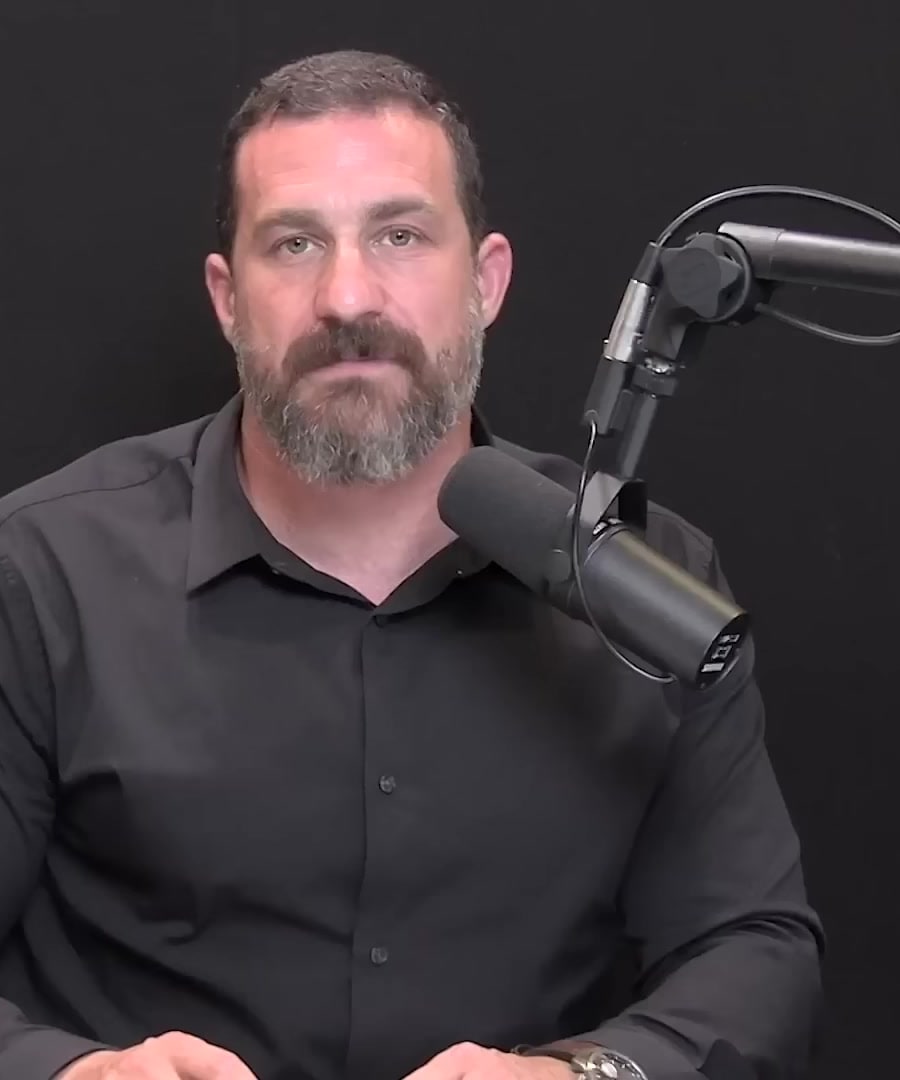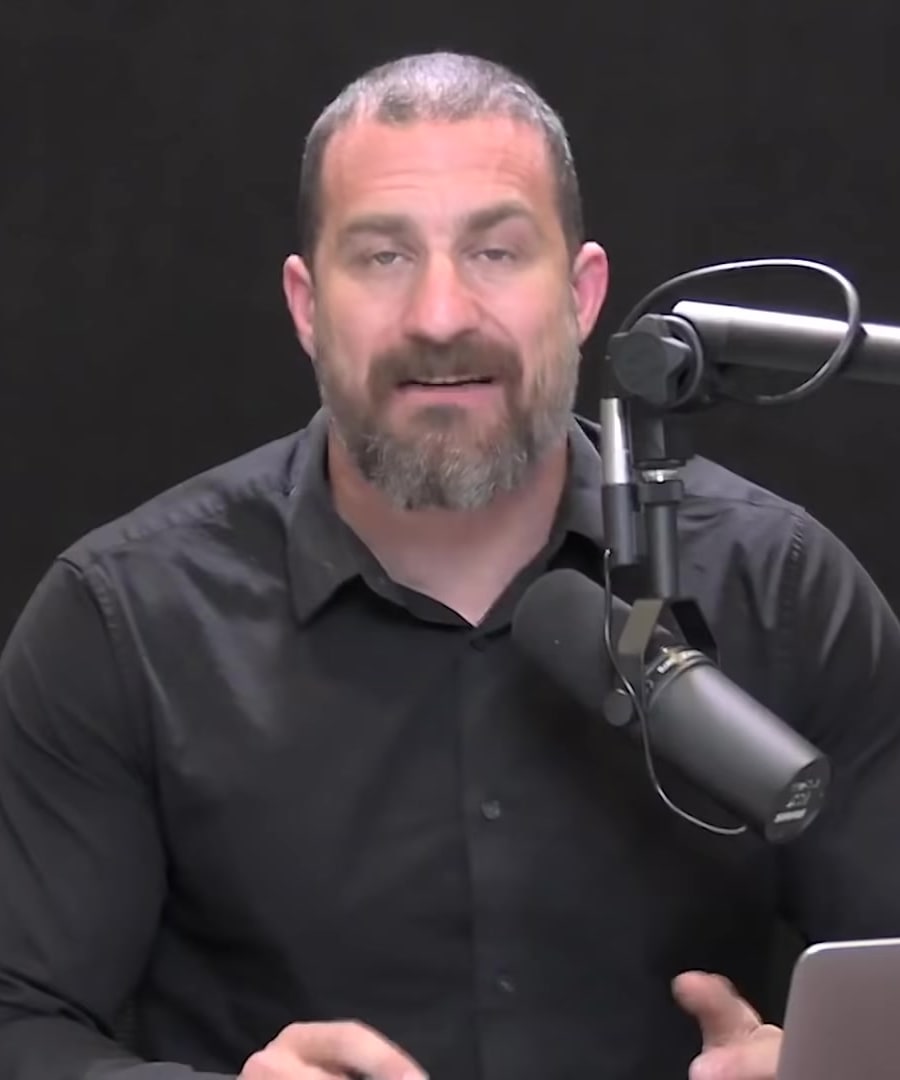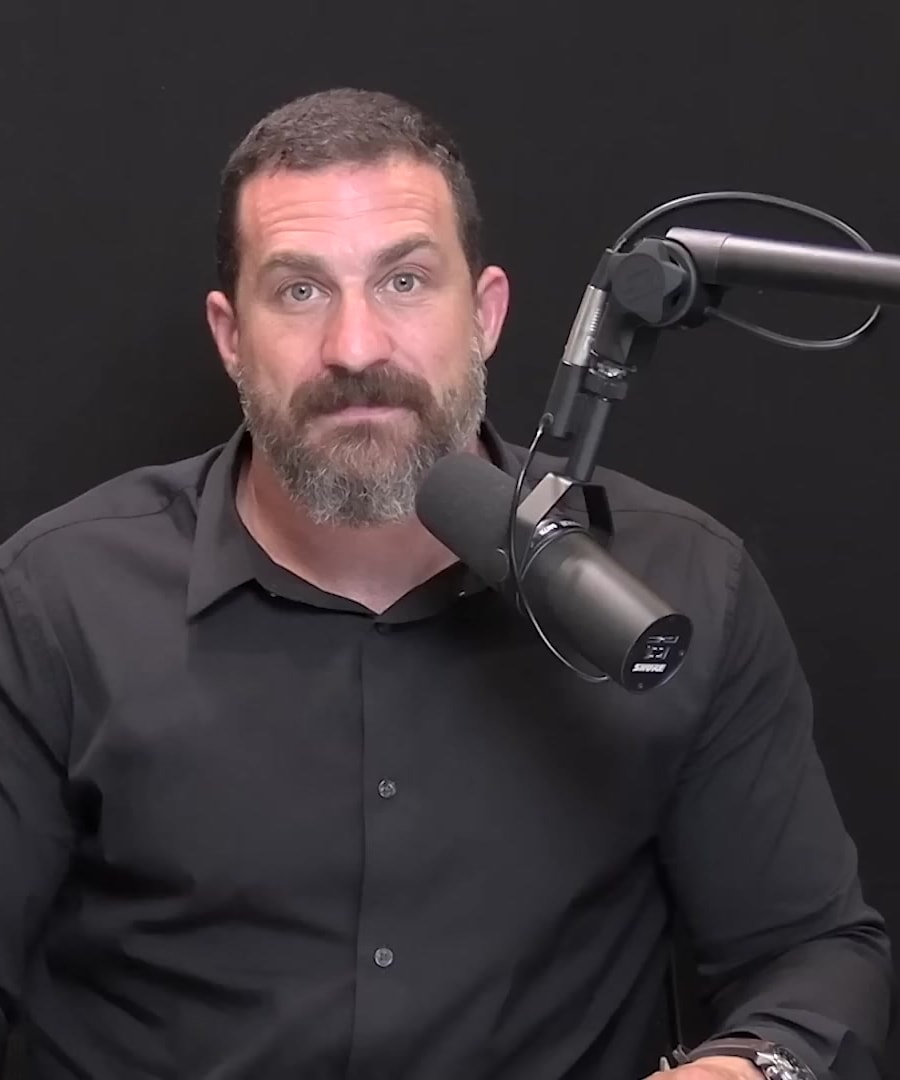best protocole for aging
Sources:
To optimize aging and promote longevity, several key protocols and strategies have been discussed in the Huberman Lab podcast. Here are the main insights:
1. Strength Training
- Importance: Engaging in heavy overload strength training is critical for preserving muscle strength and power as we age. Muscle atrophy begins around age 40, with a loss of approximately 1% of muscle size and 2-4% of strength per year. Muscle power may decline even more, by 8-10% annually 1.
- Applicability: Strength training can start at any age, even in your 90s. Older adults can see significant improvements in muscle size and strength within a short period (e.g., 30% to 170% gain in muscle size in 12 weeks) 2.
- Recommendation: Incorporate strength training into your routine regularly to maintain functional independence and combat the physical declines associated with aging 1.
2. Nutrition and Protein Intake
- Protein Importance: Adequate protein intake, about 1 gram of quality protein per pound of target body weight, is essential for maintaining muscle health and function. This becomes increasingly important as the body's ability to utilize protein diminishes with age 3.
- Diet Strategy: Emphasize a diet rich in quality proteins to support muscle health, which is a key component of longevity. This includes regular meals rich in protein, particularly at breakfast 3.
3. Intermittent Fasting
- Mechanism: Intermittent fasting can stimulate cellular processes that promote longevity. It activates protective pathways within cells, helping to manage metabolic health and resistance to diseases typically associated with aging 4.
- Pulsing Nourishment: The practice of alternating between fasting and nutrient intake can trigger cellular defenses against aging, as it encourages cells to adapt to periods of energy scarcity 4.
4. Light Exposure
- Neuronal Health: Exposure to red and near-infrared light has been shown to support neuronal health and preserve cognitive function as we age. Such light exposure may enhance mitochondrial function within cells, potentially slowing cognitive decline 5.
5. Foundational Fitness Protocol
- Comprehensive Approach: Implement a fitness protocol that includes strength, endurance, flexibility, and cardiovascular health. This broad approach ensures that different aspects of fitness contribute to overall well-being as one ages 6.
- Tailored Goals: Setting clear, specific fitness goals using the SMART framework (Specific, Measurable, Attainable, Realistic, Timely) is vital for maintaining motivation and effectiveness in any fitness regime 7.
Summary
Implementing these strategies can significantly impact aging healthily and effectively. Focus on strength training, adequate protein intake, intermittent fasting, appropriate light exposure, and comprehensive physical fitness routines tailored to individual goals.
For detailed explorations on these topics, refer to episodes with guests like Dr. Andy Galpin and Dr. David Sinclair on the .
RELATED QUESTIONS
best protocole for aging
- RELATED QUESTIONS




